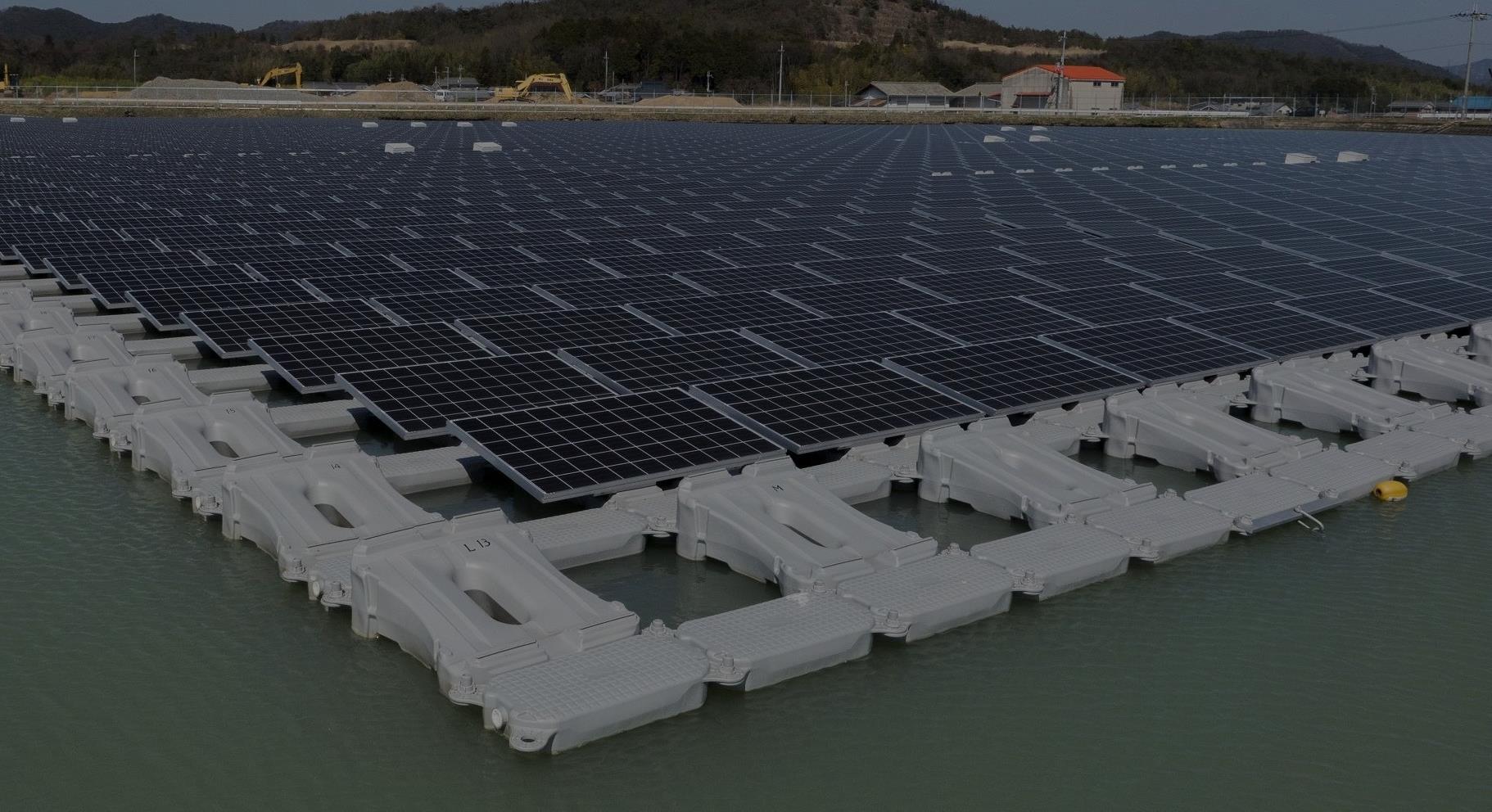Workers in orange vests are busy around anthracite panels: investors in Ukraine are building the first solar plant in the contaminated area of Chernobyl to revive this abandoned territory.
The new one-megawatt power plant is located about 100 metres from the new “sarcophagus,” a giant sealed arch covering the remains of the 1986 Chernobyl accident, the worst nuclear disaster in the world.
“This solar power plant can cover the needs of a large village,” or about 2,000 households, Yevgen Varyagin, the head of the Ukrainian-German company Solar Chernobyl, which carried out the project, told AFP.
The group has spent one million euros on the structure, which will use about 3,800 photovoltaic panels on an area of 1.6 hectares — about the size of two football fields. The companies hope the investment will pay off within seven years.
The level of sunshine “here is the same as in the south of Germany,” Varyagin says.
Ukraine, which is trying to reduce its energy dependence on Russia in recent years, is seeking to exploit the potential of the Chernobyl exclusion zone that surrounds the damaged nuclear power plant.
Chernobyl’s reactor four exploded April 26, 1986, and contaminated up to three quarters of Europe, according to some estimates, with Russia, Ukraine and Belarus being the most affected.
After the disaster the Soviet authorities evacuated hundreds of thousands of people and this vast territory, more than 2,000 square kilometers wide, remained abandoned.
Despite Ukrainian authorities suggesting it could be “more than 24,000 years” before humans can return to living in the zone, they believe a prudent industrial exploitation of the area can be carried out.
“This territory obviously can not be used for agriculture, but it is quite suitable for innovative and scientific projects,” said Ostap Semerak, Ukrainian Minister of the Environment, one of promoters of the idea of placing solar power plants in Chernobyl, in a 2006 interview with AFP.
The installation of a giant sealed arch above the ruins of the damaged reactor in 2016 made the realization of the solar project possible.
Funded by the international community, the new dome has covered the old “sarcophagus” in concrete, cracked and unstable, to make a greater isolation of the highly radioactive magma in the reactor.
As a result, the level of radiation near the plant has been divided by ten in one year, according to official figures.
Despite the progress, precautions are still needed.
New solar panels installations are not directly buried into the soil, but fixed on concrete blocks.
The soil remains contaminated, explains Varyagin, whose group is a joint venture of the Ukrainian firms Rodina Energy Group and Germany Enerparc AG.
“We can not drill or dig here because of the strict safety rules,” he says.
In 2016, the consortium had already built a four-megawatt solar power plant in the irradiated zone in neighboring Belarus, several kilometres from Chernobyl.
Ukrainian authorities offered investors nearly 25 square kilometers for the construction of solar power plants in Chernobyl.
Kiev has already received about 60 proposals from foreign groups — Danish, American, Chinese, French — who want to participate, according to Olena Kovalchuk, the spokesperson of the State Administration for the zone of Chernobyl.
Investors are attracted by the price that Ukraine offers for the solar electricity, which “exceeds on average by 50 per cent of that applied in Europe,” Oleksandr Khartchenko, executive director of the Energy Industry Research Center, told AFP.
He added that Chernobyl is also attractive because of the cheap cost of renting the land and the proximity of the power grids, but the rush of western investors towards Chernobyl is likely to meet some road blocks.
The reason is both the well-known bureaucracy and corruption in Ukraine and security issues for the staff in the absence of any recent and reliable mapping of the contamination of the area.
“It is very important to have guarantees that work in the Chernobyl zone will be safe for those who will do it,” says Anton Usov, adviser to the European Bank for Reconstruction and Development (EBRD), which for the moment does not foresee any investment in Ukraine in this field.
Source: https://globalnews.ca/news/3950709/chernobyls-nuclear-wasteland-transformed-into-solar-field/


